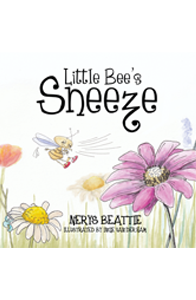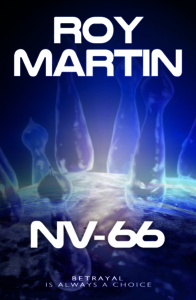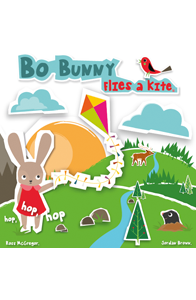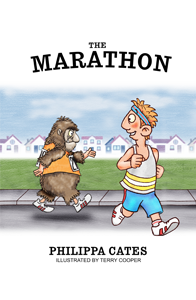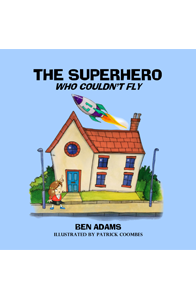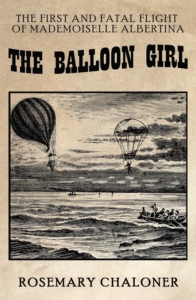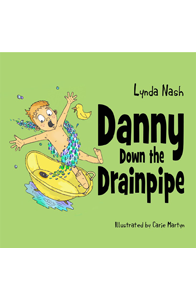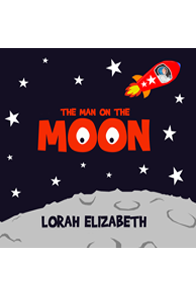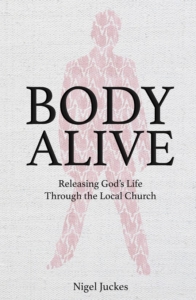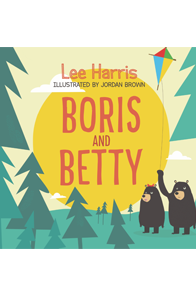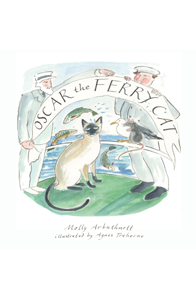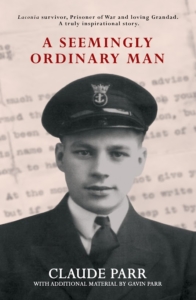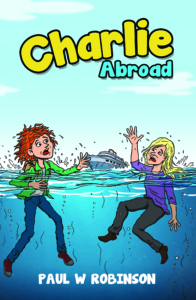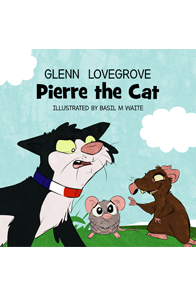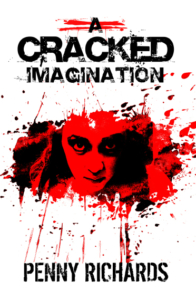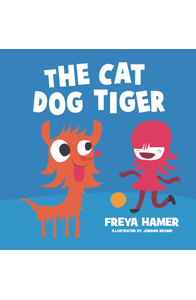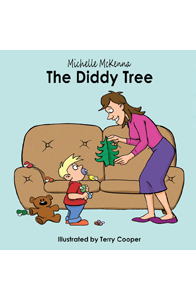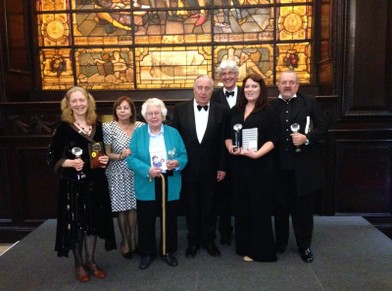‘Reader, I married him.’
Jane Eyre in Jane Eyre (1847)
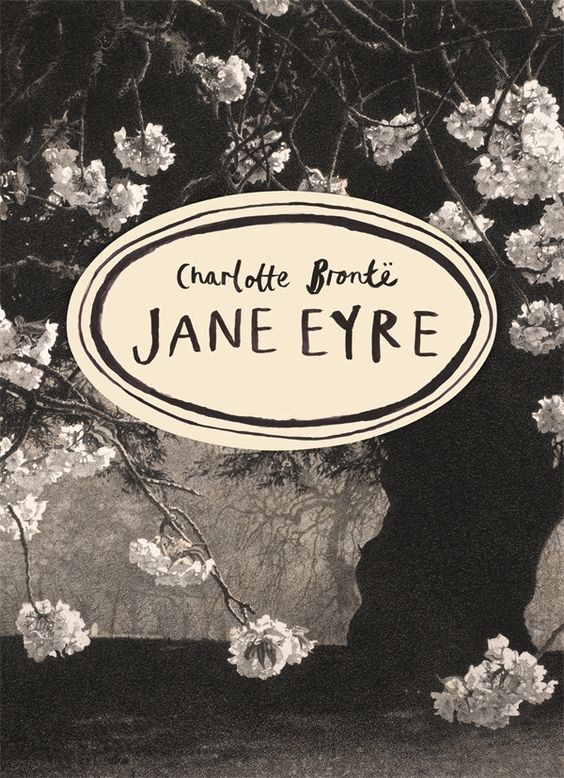
This phrase opens the final chapter of Charlotte Bronte’s fabulous novel Jane Eyre yet it does so much more than that. It marks the end of the journey that the character Jane Eyre herself had completed. A classic bildungsroman, the strength of Jane Eyre lies in the depth of character created in the novel’s main protagonist, but what exactly contributes to making it possible? While I would be unable to answer that on Charlotte Bronte’s behalf, perhaps we can think of a few contributing factors.
Patriarchy is a strong feature in the novel, as is religion, and both contribute significantly to the choices and subsequent actions chosen by our heroine. However, Bronte delves far deeper in her pursuit of Jane’s key motivations; rather than focusing solely on the impact of social behaviours or other events which impact on her, Bronte goes as far back as Jane’s childhood to find what really drives her creation forward. The attention to detail is admirable as is the application to its execution but, most of all, it is well thought out and that is something which we all – as writers – need to strive to emulate.
This can, of course, work both ways and a negative correlation can be just as effective. It is not uncommon for a novel to focus on the decline of a character before restoring some form of order at the end, much like Dorian Gray’s increasing taste for drugs and debauchery in The Picture of Dorian Gray (1890) or the narrator of Chuck Palahniuk’s Fight Club (1997), whose descent into anarchy is matched only by his ever-decreasing mental state. A negative decline in character can prove just as intriguing for the reader, but it is the quality and intricate detail of the creation that is of value rather than the reader’s appetite for alternative conduct.
In Frankenstein (1818), was Frankenstein’s monster born with a dedication to destroy his creator Victor? No. In relaying his tale of woe to Victor, the being states ‘I shall relate events, that impressed me with feelings which, from what I had been, have made me what I am’. This decided course of vengeance was a reaction to learned behaviour after being rejected by his maker, scorned by society and denied a mate. Neither Victor nor the author Mary Shelley truly created the monster in its true sense, but Victor and the people that the being came into contact with all had significant roles to play in the making of a monster. In considering the environment that would most enable her creation to flourish, Shelley has gone to the stage of creation itself in the novel and put together (so to speak) a character who, even from ‘birth’ would never be accepted by society. The subsequent fall out was inevitable.
It may of course be argued that the being was inherently evil or was created by using limbs from the deceased that were themselves of a bad nature. While a nature versus nurture debate is never far away when discussing Frankenstein it does highlight that biology or genetics may, just may, have been contributing factors to other intriguing literary offerings. The title character in King Lear descends into madness irrespective of environmental factors. Another Shakespeare play and another title character, this time Othello, is a victim of his own race amongst Venetian society; his pride is misplaced and the jealousy which ensues is borne of insecurity as he is not truly accepted in the world in which he inhabits.
The characters discussed so far have all been well thought out in terms of the impacts on their childhood or elements prior to even being born, therefore cause and effect are critical in building a character. However, it remains that some of the most intriguing characters of British literature include those with large question marks over their past. Othello’s resident machiavelli malcontent – Iago – at first glance is the less accomplished creation yet his ‘motive-hunting of motive-less malignity’, a phrase coined by Samuel Coleridge in relation to Iago, offers much to consider for the reader. Although we know him to be a soldier not born into high society, we are still prevented from knowing intimate details of his past which may have offered possible solutions to these questions. Another famous character without anything more than speculation of his past is Heathcliff in Wuthering Heights (1847). His whole heritage is one of mystery and this contributes to many aspects of the plot, he even manages to disappear and return during the novel with only a hint as to his supposed activities during his absence. Despite the omission of this information from the novel, one can be certain that William Shakespeare and Charlotte Bronte had given far more consideration as to their past endeavours than the novel suggests.
In summary, it is not enough to create a character with a single flaw or one that is affected by a single event. It is not enough to describe what they look like and convey their speech patterns without thinking of their past and ultimately what drives them forward in their motivations and desires. There is a lot which needs to be carefully considered and in doing so it might be useful to think about the following:
- What do they want most in life?
- How do they set about achieving their goals?
- What conflict will they encounter and how will they overcome it?
- What are the consequences of failure?
- What possessions or people does your character covet the most and why?
- How does their environment reflect their past or shape their future?
- What are their flaws or weaknesses?
- What event from their past has helped shape their present character?
- What is their distinctive pattern of speech?
- In terms of form, how would they best ‘tell’ their story?
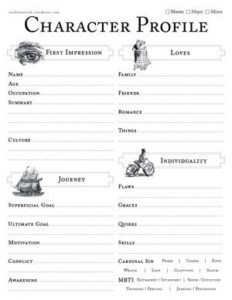 These are of course simply suggestions to assist you. There are a number of characterisation worksheets available on the internet which will help you further, such as Claire Wigfall’s Character Profile, but many other variations exist. If you participate in completing a worksheet or in answering the questions above it would prove valuable to then write a short piece which brings the past and present of the character together. Some suggestions can be found below to start you off:
These are of course simply suggestions to assist you. There are a number of characterisation worksheets available on the internet which will help you further, such as Claire Wigfall’s Character Profile, but many other variations exist. If you participate in completing a worksheet or in answering the questions above it would prove valuable to then write a short piece which brings the past and present of the character together. Some suggestions can be found below to start you off:
- I saw ……………… and was instantly transported back to ………..
- I’ve never felt so …………… since ……………….
- A song or photo that reminds them of a past event
- I looked in the mirror but instead of seeing my own reflection I only saw…….
Have fun with it. I am, as ever, interested to read anything you can offer and to hear about how much or how little use you have found this article. Everyone is brave by posting on this page so please be honest but tactful in your feedback as we are all here to support each other and want to make it a positive experience for everyone.
Happy writing!
A blog by Steve Marshall
—


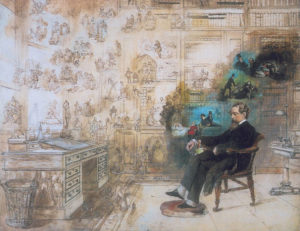 The aim of last week’s blog was to help new writers realise that we all possess a wealth of knowledge on how to produce writing which can be taken from our previous reading, social conditioning and our life experiences. These can prove valuable sources of inspiration and can be found anywhere, but it can be overwhelming to sit down and focus when faced with such a vast plethora of ideas, so how do we set about creating order from this chaos?
The aim of last week’s blog was to help new writers realise that we all possess a wealth of knowledge on how to produce writing which can be taken from our previous reading, social conditioning and our life experiences. These can prove valuable sources of inspiration and can be found anywhere, but it can be overwhelming to sit down and focus when faced with such a vast plethora of ideas, so how do we set about creating order from this chaos?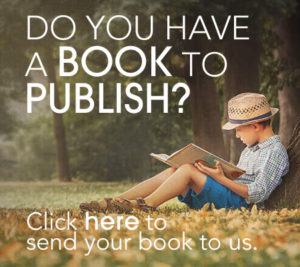
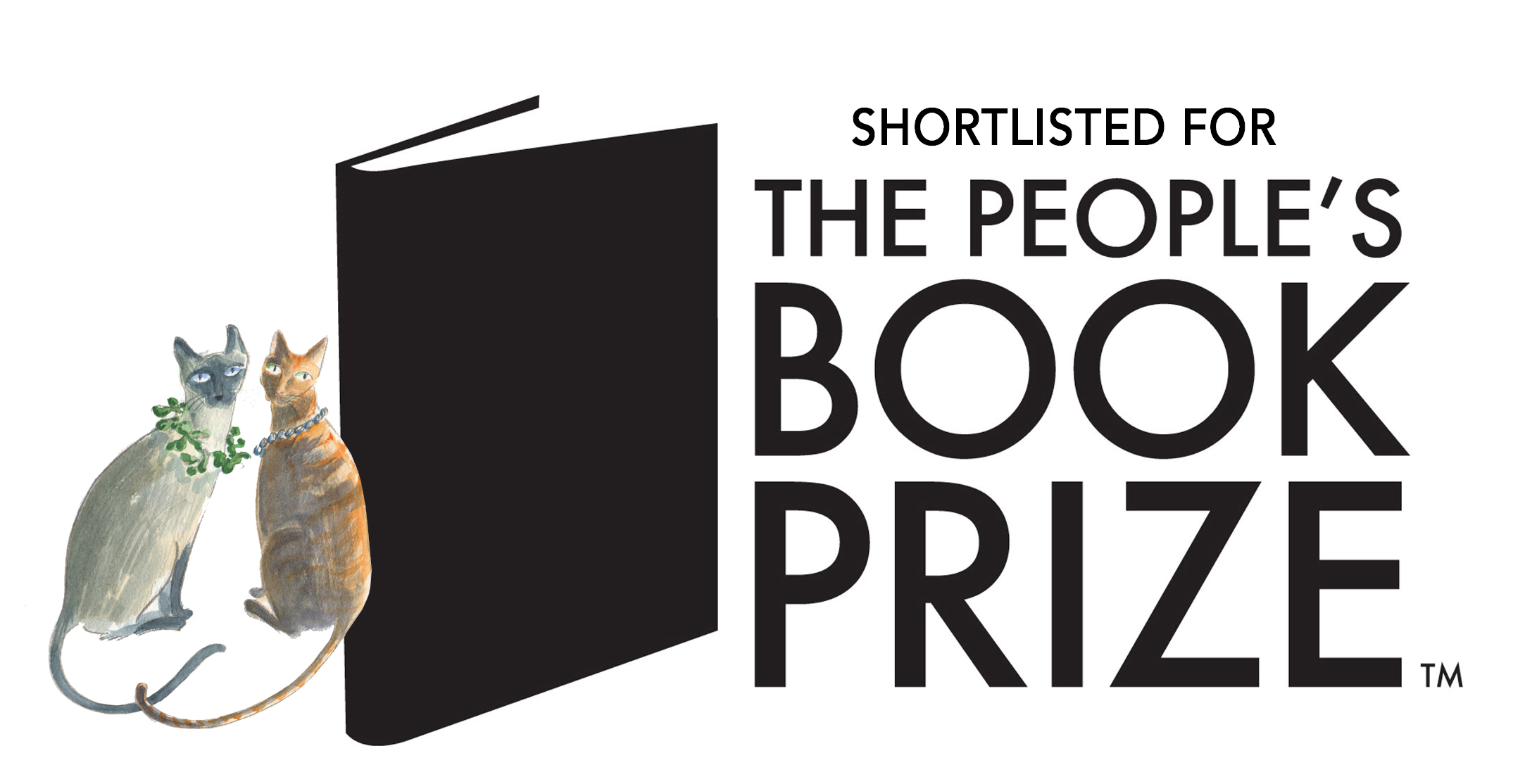 Jelly Bean Self Publishing’s London-based author Molly Arbuthnott has been nominated as a finalist for the 2018 People’s Book Prize for her heart-warming children’s book Oscar the Ferry Cat.
Jelly Bean Self Publishing’s London-based author Molly Arbuthnott has been nominated as a finalist for the 2018 People’s Book Prize for her heart-warming children’s book Oscar the Ferry Cat.



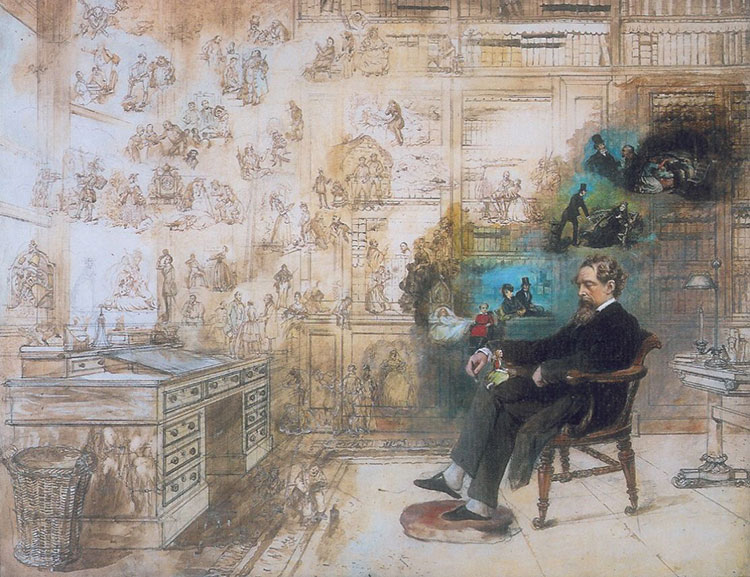
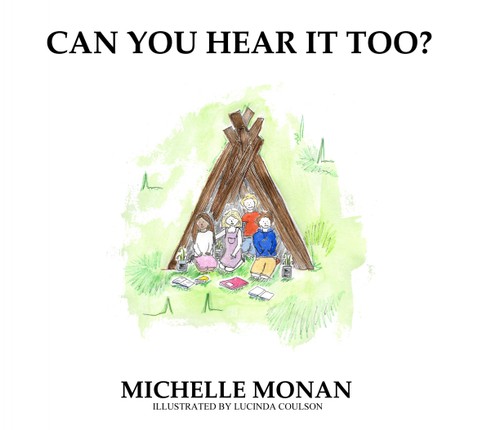 Michelle lives with her husband and two sons in the small village in Surrey where she was born. For twelve years she owned and ran two nursery schools, and her favourite part of the day was always story time. She noticed that the children always enjoyed the rhyming stories the most, and so when it came to writing her first book, Can You Hear It Too?, Michelle knew that it should be in verse.
Michelle lives with her husband and two sons in the small village in Surrey where she was born. For twelve years she owned and ran two nursery schools, and her favourite part of the day was always story time. She noticed that the children always enjoyed the rhyming stories the most, and so when it came to writing her first book, Can You Hear It Too?, Michelle knew that it should be in verse.